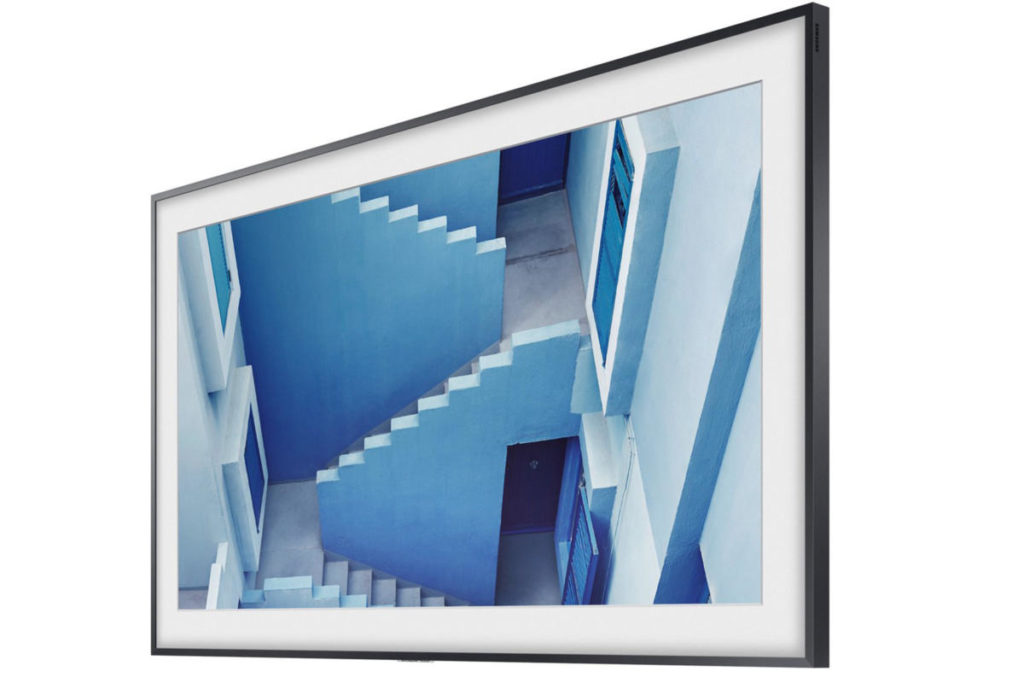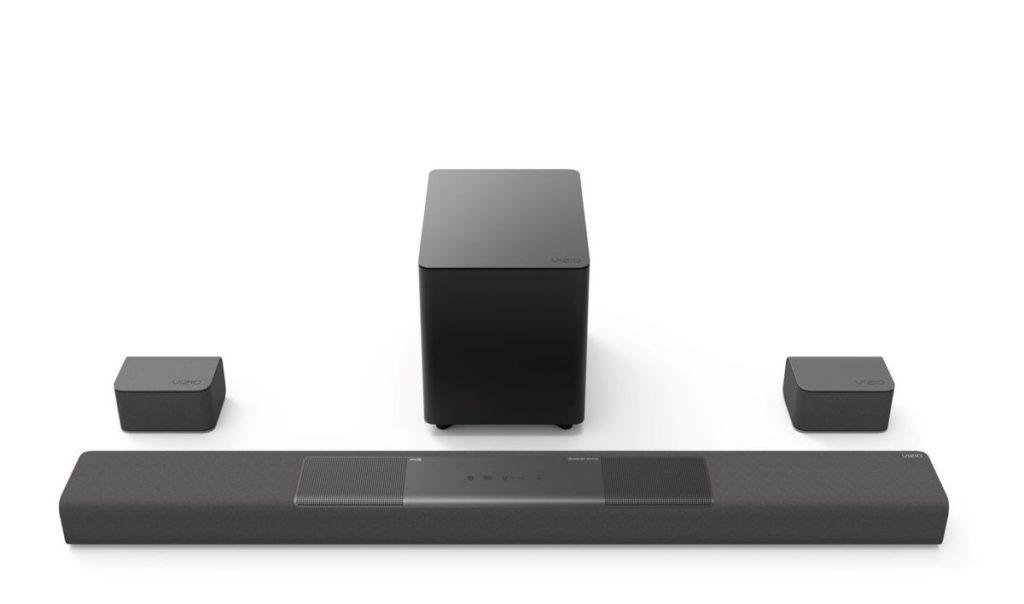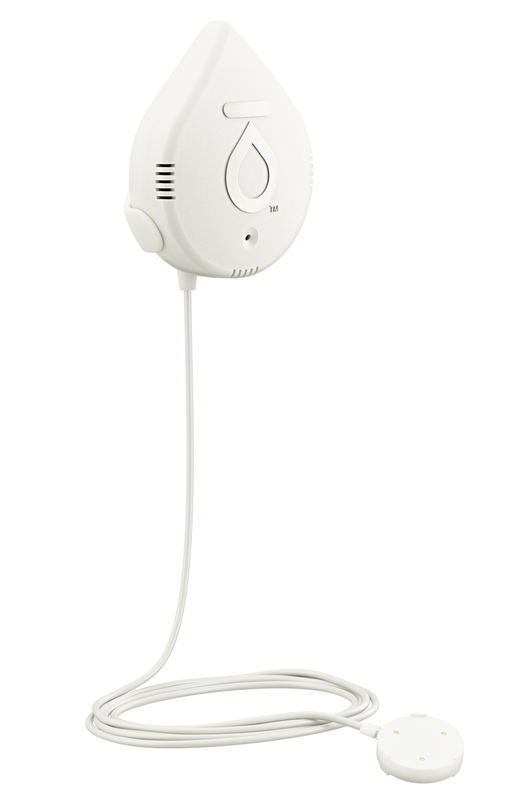
CES 2020: preview of some products launching this week
The new decade is kicking off with a bang, as cutting-edge technologies and gadgets galore will be showcased at CES 2020 this week. CES is one of the world’s largest conferences, 4,500 companies and 175,000 attendees are expected to flock to Las Vegas this year to see the future of tech first-hand. As innovators gather in Vegas in their droves, Samsung, Vizio, Linksys and Flo Technologies are among those who have revealed their latest offerings.
Samsung ups its 8K UHD game and extends its Frame and The Wall lineups
The news from Samsung at CES 2020 is more evolutionary than revolutionary; but since Samsung is farther along the research and development path than nearly all of its competitors, that is okay. At least for now.
8K UHD
Samsung’s Q950TSA is distinct upgrade from last year’s Q900 8K UHD TV, which was already viewed as one of, if not the best LED-backlit LCD TV on the market. This year’s design features a nearly bezel-less frame, with the same iMac-like pedestal stand, but it adds exposed, backfiring speakers that should improve sound greatly.
Though specs were not immediately available, from the image below, it also appears to be thinner. As with other Samsung high-end TVs, the majority of the electronics are in a One Connect breakout box that attaches to the TV via a single thin cable.

Samsung says it has improved the curated streaming content on offer, and that the Q950 offers even better 2K and 4K upscaling. Samsung also touted its upcoming Samsung Health app that allows you to “accomplish your health and wellness goals at home, on the biggest screen in your home and on your own schedule.” That is nice, but may we humbly suggest that getting outside is a surer route to health and wellness.
Linksys touts Wi-Fi 6 mesh routers
Linksys is showing two Wi-Fi 6 (802.11ax) mesh products at CES this year, although they have provided the press with scant information about either unit ahead of the show. Here is what we know so far.
The Linksys MR9600 is a dual-band (2.4/5GHz) mesh router capable of supporting up to eight spatial streams. Although it is a single device, it can be expanded with Linksys Velop mesh nodes or a Velop mesh router, presumably one configured to operate as an access point.

The Linksys Velop AX4200 is a tri-band mesh router featuring the familiar columnar industrial design associated with the Velop brand.
Pictured here, the MR9600 is housed in a somewhat conventional form factor with four external antennas. Linksys set a retail price of $399.99 and expects to ship the router sometime in the spring.
The Linksys Velop AX4200 is a Wi-Fi 6 mesh system consisting of a router and one satellite node supporting eight simultaneous spatial streams. This is a tri-band system that will operate one network on the 2.4GHz frequency band and two discrete networks on the 5GHz band (splitting the upper and lower channels in that spectrum). If this router operates like its tri-band Wi-Fi 5 counterpart, one of the two 5GHz networks will be used for dedicated wireless backhaul. Linksys says users can expect the system to blanket 3,000 square feet per node.
The Velop AX4200 resembles the first generation in the Linksys Velop product line, with its antennas hidden inside a columnar industrial design. It is also expected to ship in the spring, with a list price of $299.99 for a single unit and $499.99 for a two-pack.
The Frame and The Wall

The Frame TVs have been improved in small ways and will now be available in 32″ and 75″ sizes. Also new are beige and burgundy bezels, along with accessories such as the No-Gap Wall Mount and One Invisible Connection, turning the Frame into a truly elegant decorative piece. Samsung says that improved sensors on the bottom will more accurately adjust brightness to better suit the ambient light conditions. Art Mode 3.0’s auto curation gives you recommendations based on your specific tastes from the more than 1,200 artwork options available via a paid subscription for the Samsung Art Store.

Micro-LED news includes the addition of 88″, 93″, 110″, and 150″ models; plus, a gargantuan 292″ SKU in Samsung’s The Wall line-up. These join the previously available 75″, 146″, and 219″ models already available. If you are not familiar with the technology, you could think of micro-LED as a non-organic OLED display. Both are self-emitting pixel technology, but because building micro-LED displays remains a very inefficient process, they also remain prohibitively expensive and modular. Multiple panels are put together to make larger displays, so they can also be used in non-rectangular configurations. It is spectacular but remains well beyond the means of the average consumer.
Note that micro-LED tech should not to be confused with TCL’s mini-LED tech. The latter is not a display but a methodology for building a backlighting array.
Vizio shows off nifty soundbar with auto-rotating upfiring drivers
Now here is a nifty idea: making the most of a soundbar’s upfiring drivers by swivelling them in a different direction when they are not being used to deliver height cues in immersive soundtracks.
That is the killer feature of Vizio’s new Elevate Sound Bar, which can automatically rotate its front upfiring drivers – used for Dolby Atmos and DTS:X height sound effects – to the horizontal plane when the soundbar is being used in its ‘direct’ stereo mode. Pretty clever.
On display at CES along with the rest of Vizio’s 2020 soundbar lineup, the 5.1.4-channel Elevate Sound Bar boasts a total of 18 drivers, including its 8″ wireless subwoofer and wireless surround speakers with their own upfiring drivers (these do not rotate as would not be necessary).
Vizio is also debuting new mid-range M-series soundbars with Dolby Atmos and DTS:X support, along with a dedicated tweeter, woofer, and passive radiator for both the left and right channels.

In addition to the 5.1 and 5.1.2 configurations of the M-series, there is also a 2.0 all-in-one version that boasts 3D sound courtesy of DTS Virtual:X support. (Incidentally, DTS Virtual:X will be supported in all of Vizio’s 2020 soundbars.)

Vizio’s entry-level V-series soundbars will come in 2.1- and 5.1-channel models, with wireless subwoofers, a full-range driver plus a bass reflex port for the left and right channels, and (once again) DTS Virtual:X 3D sound.
The wireless surround speakers that come with 5.1-channel M- and V-series soundbars have been designed with lower profiles than in previous years, making them easier to arrange in your living room.
Both the Elevate and most M-series Vizio soundbars will boast HDMI 2.1 inputs complete with eARC support, which means you will be able to pass lossless Dolby TrueHD and DTS-HD Master Audio audio via an eARC-equipped TV. The budget V-series and all-in-one M-series soundbars will be saddled with standard ARC ports, which don’t support lossless audio.
Vizio’s “premium” soundbars for 2020 will come with backlit remotes, which is a welcome touch, while all of Vizio’s latest soundbars will let you connect a smart speaker (such as an Amazon Echo Dot or a Google Nest Mini) via Bluetooth or a dedicated audio input. With a smart speaker connected, Vizio’s new soundbars will automatically lower their volume when you are speaking to your digital assistant, and then raise the volume again once you are done chatting.
In other news, Vizio has announced its entry into the OLED TV market. Vizio has yet to announce pricing or availability for any of its 2020 products.
Flo Technologies adds a stand-alone water sensor to its lineup

Last year, we found the Flo by Moen Smart Water Shutoff to be highly effective at preventing water damage. But systems like this can have difficulty quickly pinpointing the precise source of a water leak. The new Flo by Moen Smart Water Detector should help with that.
Place the 3.5″ smart water detector in locations you think are susceptible to leaks – at the base of a water heater or other home appliance, for example, or next to a toilet. If the sensor detects the presence of water, freezing temperatures that could lead to a burst pipe, or high humidity, it will send an alert to your smartphone.
Monitoring humidity levels is useful not only for detecting leaks, but to warn you of conditions in which mould can grow.
The new sensor can operate independently of Flo’s Smart Water Shutoff, but if you do have one of those installed on your main water supply line, Flo’s new Smart Water Detector can send it a signal to shut off the water to prevent catastrophic water damage.
The Flo by Moen Smart Water Detector is now available for pre-order at MeetFlo.com for $49.99, or you can order a three-pack for $129.99. Flo expects the new sensor to be available for purchase at Amazon beginning in March.
IDG News Service







Subscribers 0
Fans 0
Followers 0
Followers